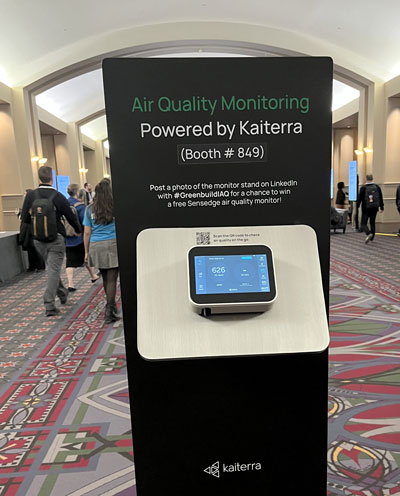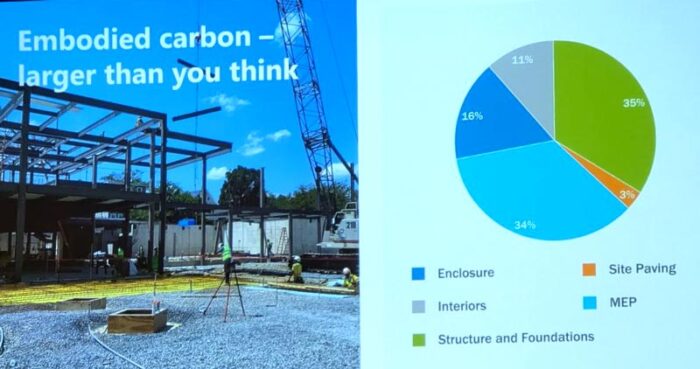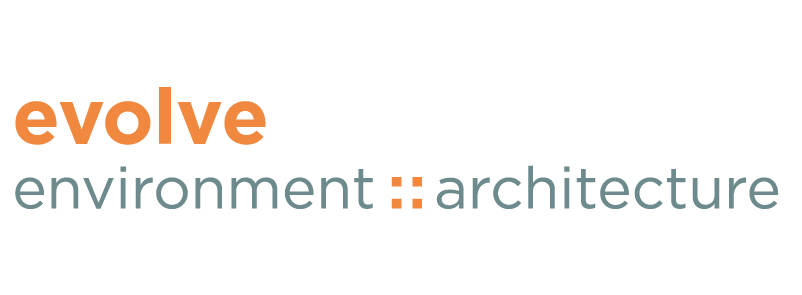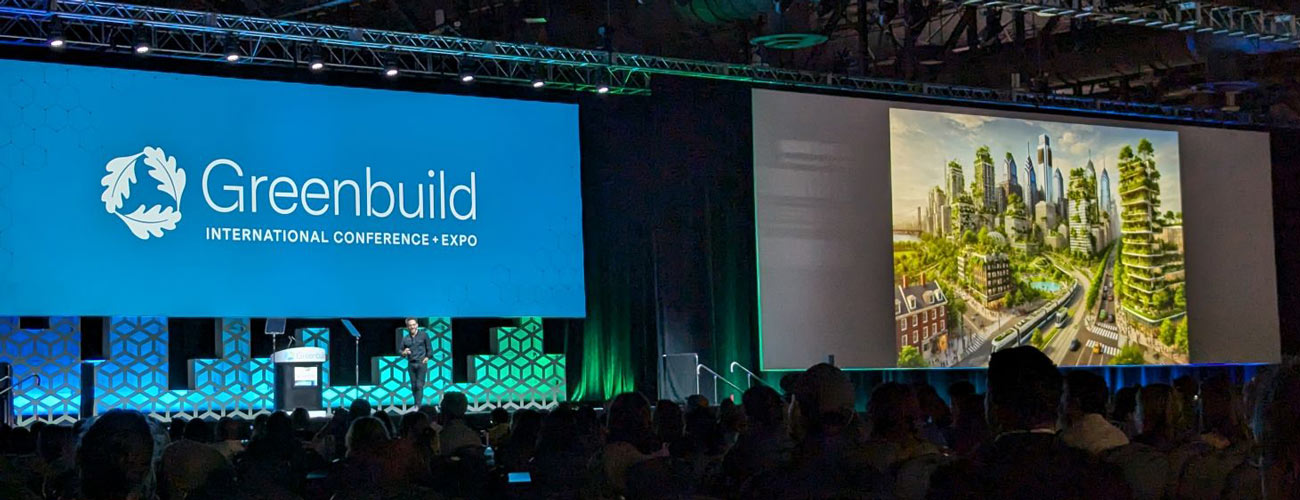Reflections from Greenbuild 2024
The Greenbuild 2024 Annual Conference and Expo once again brought together sustainability professionals from across the globe to explore the latest advancements in green building and sustainable design. Here are our key takeaways that highlight where the industry is heading.
Standardization in Sustainable Finance
One of the central themes emerging from Greenbuild was the call for standardization in sustainable finance. Different municipalities and ESG (Environmental, Social, and Governance) frameworks currently use varied metrics to measure impact, creating inconsistency across projects. While the SEC has made some efforts in this area, changes in federal administration could mean a more relaxed regulatory environment.
Software solutions like Autocase are helping to monetize the triple bottom line, factoring in environmental and social benefits alongside financial performance. As the push for standardization continues, these tools could play a pivotal role in aligning diverse approaches.
The Challenges of Electrification
The transition to electrification is essential for achieving net-zero goals, yet significant hurdles remain. There are inequities of current energy costs, particularly in the Northeast, where electricity can be up to four times more expensive than natural gas. This presents challenges for affordable housing and equitable energy solutions.
Despite these obstacles, electrification is increasingly a prerequisite for achieving high-performance building certifications like LEED v5. The industry must continue to address these disparities to make electrification a viable option for all.
LEED Version 5: New Standards, New Opportunities
LEED v5 is set to introduce groundbreaking prerequisites, including:
- Climate Resilience Assessments: Early-stage evaluations of climate risks, such as flooding and heat stress, to inform project planning.
- Human Impact Assessments: These assessments aim to standardize the evaluation of social impacts in development projects, encouraging careful consideration of human well-being and community needs.
- Decarbonization Planning: Buildings must demonstrate plans for reducing embodied and operational carbon over time, aligning with net-zero goals.

Greenbuild had air quality monitoring stations throughout the conference area (Photo Grace Cameron, LEED AP)
These prerequisites mark a shift from accumulating points to meeting more holistic, performance-based criteria. For example, achieving LEED Platinum will now require full electrification, significant energy efficiency, on-site renewables, and at least a 20% reduction in embodied carbon. These changes present both challenges and opportunities for design firms to expand their services.
Rethinking Mobility in Sustainable Design
Greenbuild introduced a fresh perspective on sustainable mobility through the lens of avoid, shift, and improve:
- Avoid: Minimize the need for single-occupancy vehicle trips by prioritizing dense development and access to mass transit.
- Shift: Redirect travel demand to less impactful modes or times.
- Improve: Support sustainable travel options with infrastructure like EV charging stations.
This framework aligns with the broader goals of reducing carbon emissions while enhancing urban livability.
Decarbonization and Climate Health Impacts
Another major takeaway was the growing focus on decarbonization and its intersection with public health. Embodied carbon, often overlooked, is gaining attention as a critical factor in sustainable design. Timber is emerging as a competitive alternative to steel and concrete due to its lower embodied carbon.
Additionally, climate-related health impacts, such as heat stress and respiratory issues, are escalating. In the U.S. alone, over $100 billion was spent on climate-related health issues last year. Addressing these impacts is essential for creating resilient communities.

Decarbonization planning slide presented at Greenbuild (Photo Ian Cook, AIA LEED AP)
Progressive Policies and Their Influence
Regions like Massachusetts are leading the way with stringent requirements for new residential construction, such as meeting Passive House standards. Meanwhile, institutions like Harvard are adopting the Living Building Challenge Core standard, setting a new benchmark for sustainability beyond LEED Platinum.
These developments underscore the importance of progressive policies and their influence on sustainable design practices.
A Call to Action
The conference concluded with a reminder of the ongoing work needed to advance sustainability. While federal support for initiatives like the Inflation Reduction Act may face challenges, local efforts and grassroots advocacy remain vital. There’s more for us to do.
Greenbuild 2024 highlighted the complexities and opportunities in sustainable design, from electrification and decarbonization to resilience and health. As these ideas take root, evolveEA remains committed to leading the charge in creating innovative, equitable, and resilient solutions for our clients and communities.


